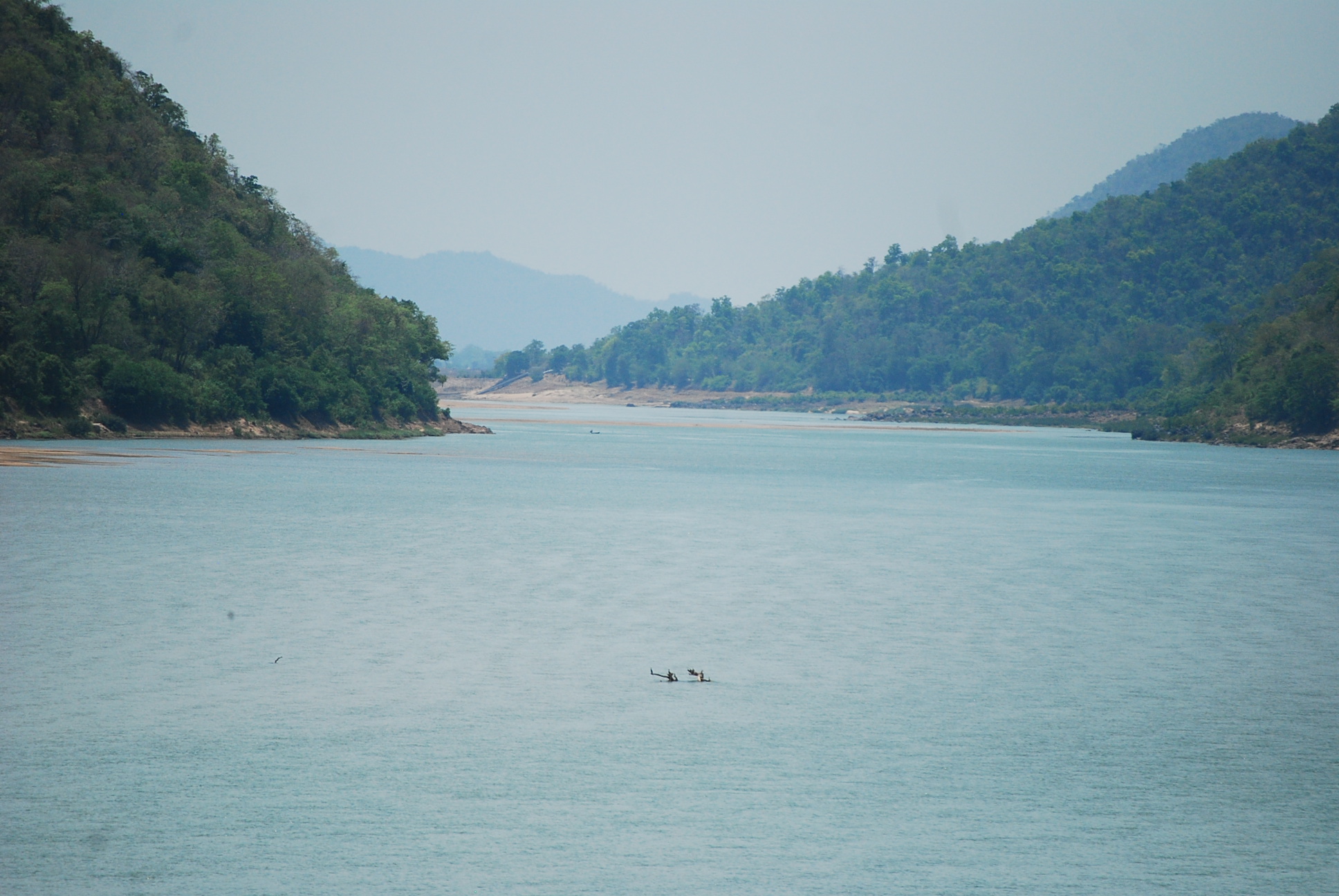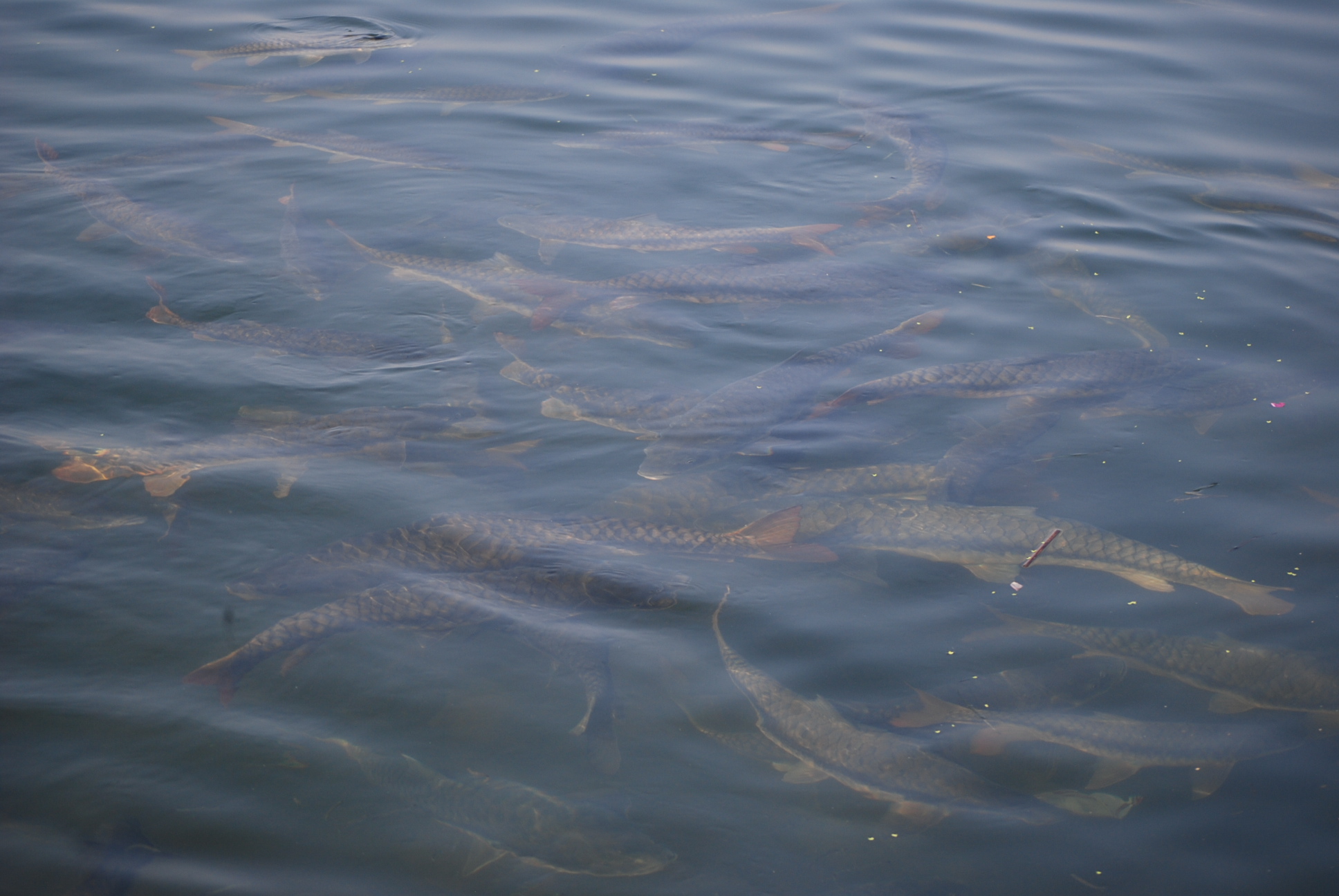
Rivers hold a special place in Indian civilisation and culture. They are treated divine and temples are located along the course of rivers. Rivers, with a variety of mesohabitats in it, support rich and diverse native fauna and act as natural reserve of fish germplasm. In spite of the ecological and cultural relevance of rivers, they are mistreated in the country due to urbanisation and developmental activities causing the decline of riverine biodiversity. India has very few pristine river stretches and conserving them is the need of the hour.
Sanctuary concept is a precautionary approach intended to focus our conservation efforts first and foremost on the irreplaceable river basins. India has only a few notified river sanctuaries but these too face challenges like dams that regulate and modify riverine and riparian ecosystems. In general, implementing the sanctuary strategy will require bold political choices as the human activities such as fishing etc are to be banned or controlled. So in most cases, it’s a tough job and less successful. There comes the relevance of community conservation efforts such as temple sanctuaries.
In many cases, fishes are not caught or disturbed in the river stretch adjacent to the temples and these sanctuaries serve as natural reserves of fisheries and other aquatic biodiversity. Most of these temple sanctuaries are managed by the riparian temples and devotees for centuries. They conserve indigenous ichthyofauna along with the entire riverine habitats through simple, participatory measures, without much external efforts. These sanctuaries exist along river banks in many states of India which harbour healthy riverine fish populations and are one of the finest options for preventing extinction of highly threatened fish species. Though the scientific and research literature on such community fish sanctuaries are scarce, there are some efforts to popularise its significance by initiatives through web portals (Dendekar, 2013).

Protect Mahanadi to protect biodiversity
The Mahanadi is one of the major peninsular rivers of India. Like many Indian rivers, Mahanadi suffers from channel modifications, flow regulation and fragmentation, and chemical and organic pollution. It is one among the nine Indian rivers identified as global level priorities for maintenance and protection of aquatic biodiversity. The river, along with its biodiversity, is protected through natural reserves like Satkosia Gorge Wildlife Sanctuary, Baisipalli Wildlife Sanctuary etc while it passes through the gorges in the Eastern Ghats mountains. The increased number of barrages built across the Mahanadi causes drying up of river in lean seasons, causing decline of fish population and its diversity. The practice of dynamiting in the rocky pools further adds to the threat. The population influx and industrialisation cause increase in the water withdrawal, at the same time the discharge of wastewater into the river exceeds its self purification capacity, leading to pollution of the Mahanadi and long term impacts on its flora and fauna.
The river has a number of temples located on its bank along the course, especially in Chhattisgarh and Odisha, the major states of the river’s drainage basin. In ancient Hindu scriptures such as Matsya and Brahma Puranas, the Mahanadi has been referred to as Chitrotpala and has been regarded sacred. The river stretches near many of these temples serve as sanctuaries (eg; Huma Leaning Temple, Samaleswary temple) due to prohibitions on fish capture and to conserve the rich ichthyofauna of the Mahanadi. All the species of ichthyofauna occurring locally are conserved through temple sanctuaries established along the course of the rivers. Mahseers, belonging to genus Tor, locally called as Kudos are the most dominant fish present in temple sanctuaries of the Mahanadi. Many species of barbs (Puntius spp, Rasbora spp, Danio spp) and carps (Labeo spp, Cirrhinus spp) are abundantly seen in these temple sanctuaries.

Various ways to protect fish
There are often many myths spread in the form of folklores, preventing the villagers and the community from catching fish and thus promoting conservation. The temple sanctuaries of the Mahanadi are associated with animist beliefs, such as morbid stories about the dire outcomes of killing Mahseer from the waters. Though there is a religious belief behind the protection, the conserving community develops emotional bonds with fishes that ensure sustained efforts to conserve the species.
In some cases, protected areas for fish are not specifically labelled by local people as fish sanctuaries, but are, nonetheless, consciously protected for religious reasons. In other cases, fish sanctuaries have been established for explicitly utilitarian purposes, either to maximise resource benefits or to ensure that resources are equitably distributed within communities. Sometimes both animistic and utilitarian motives are evident. In most of these protected sites along the Mahanadi, these temple sanctuaries are not declared fish sanctuaries but the fragile riverine habitat and the native fishes have been sustained through community conservation for ages.
Such community based conservation measures deserve recognition and need to be maintained in the coming years to ensure the protection of fish species.
/articles/temples-conservation